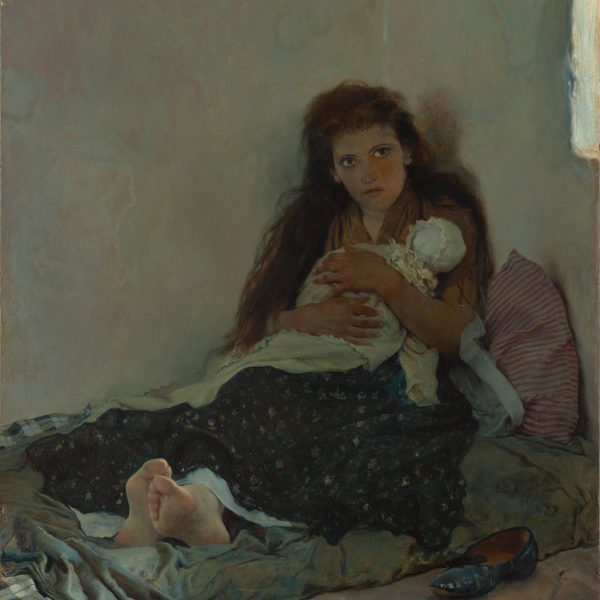Jimenez Aranda, José
José Jiménez Aranda began his training in 1851 at the Fine Arts Academy of Seville. In 1868, he moved to Madrid, where he visited the Museo del Prado and studied the works of the great masters, including Velázquez and Goya. He then furthered his training in Italy between 1871 and 1878, where he met Mariano Fortuny, who exerted a major influence on him. At that time, he began to work in taubleautin painting, which earned him considerable commercial success, especially with romantic scenes set in the 18th century. After a period in Spain, in 1881 he moved to Paris, where he engaged with Ernest Meissonier and Jules Bastien Lepage; the latter influenced both the painter and his brother Luis. In 1890, he moved to Madrid, and two years later he went back to Seville, where he secured the Chair in Colour and Composition at the Real Academia de Bellas Artes de Santa Isabel de Hungría de Sevilla in 1898. He was also the president of the Saint Elizabeth of Hungary Royal Fine Arts Academy in Seville and a commander in the Order of Isabel the Catholic.
In addition to historical works, Jiménez Aranda also painted portraits, landscapes, religious and Costumbrist paintings and naturalistic works on social themes. A skilled draughtsman, he also stood out as an illustrator, as shown by the more than 680 gouaches he made for the edition of El Quijote del centenario.

